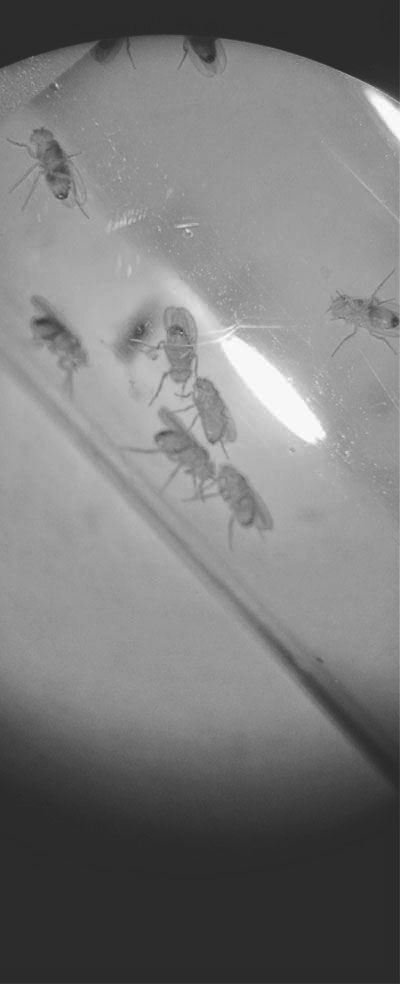

Accurate inferences requires a minimum amount of coverage, at least 25x coverage of the haploid genome or greater, otherwise the model fit will be poor or not converge. Extremely large (haploid size >10GB) and/or very repetitive genomes may benefit from larger kmer lengths to increase the number of unique k-mers. We recommend using a kmer length of 21 (m=21) for most genomes, as this length is sufficiently long that most k-mers are not repetitive and is short enough that the analysis will be more robust to sequencing errors. The kmer length (-m) may need to be scaled if you have low coverage or a high error rate. This example will use 10 threads and 1GB of RAM. Note you should adjust the memory (-s) and threads (-t) parameter according to your server. After compiling jellyfish, you can run it like this: We recommend the tool jellyfish that is available here. Getting Startedīefore running GenomeScope, you must first compute the histogram of k-mer frequencies. GenomeScope was also applied to study the characteristics of several novel species, including pineapple, pear, the regenerative flatworm Macrostomum lignano, and the Asian sea bass. We validate the approach on simulated heterozygous genomes, as well as synthetic crosses of related strains of microbial and eukaryotic genomes with known reference genomes. from Jellyfish, and within seconds produces a report and several informative plots describing the genome properties.

GenomeScope uses the k-mer count distribution, e.g.
#4PEAKS DNA SEQUENCER WIKIPEDIA SOFTWARE#
We have developed an analytical model and open-source software package GenomeScope that can infer the global properties of a genome from unassembled sequenced data. They can also serve as an independent quality control during any analysis, such as quantifying the quality of an assembly, or measuring the expected number of heterozygous bases in the genome before mapping any variants. These features are needed to study trends in genome evolution, and can inform the parameters that should be used for the individual assembly steps. One of the first goals when sequencing a new species is determining the overall characteristics of the genome structure, including the genome size, abundance of repetitive elements, and the rate of heterozygosity. However, genomics is rapidly advancing towards sequencing more complex species such as pineapple, sugarcane, or wheat that have much higher rates of heterozygosity (>1% for pineapple), much higher ploidy (8n for sugarcane), and much larger genomes (16Gbp for wheat).

Even the human genome, with a heterozygosity rate of only ~0.1% and 2n diploid structure, is significantly simpler than many other species, especially plants. GenomeScope: Fast genome analysis from unassembled short reads Vurture, GW, Sedlazeck, FJ, Nattestad, M, Underwood, CJ, Fang, H, Gurtowski, J, Schatz, MC (2017) Bioinformatics doi: Ĭurrent developments in de novo assembly technologies have been focused on relatively simple genomes.


 0 kommentar(er)
0 kommentar(er)
